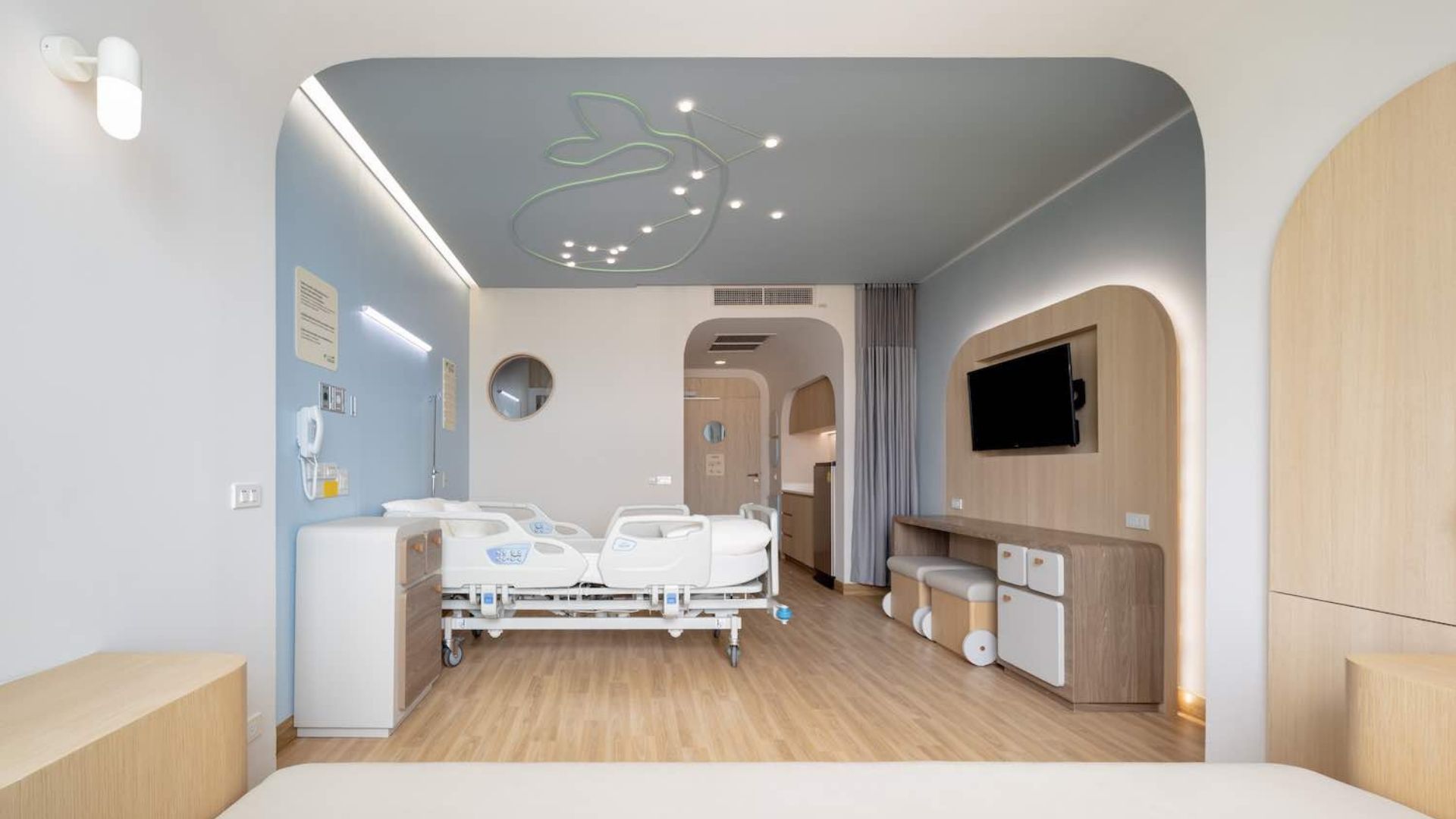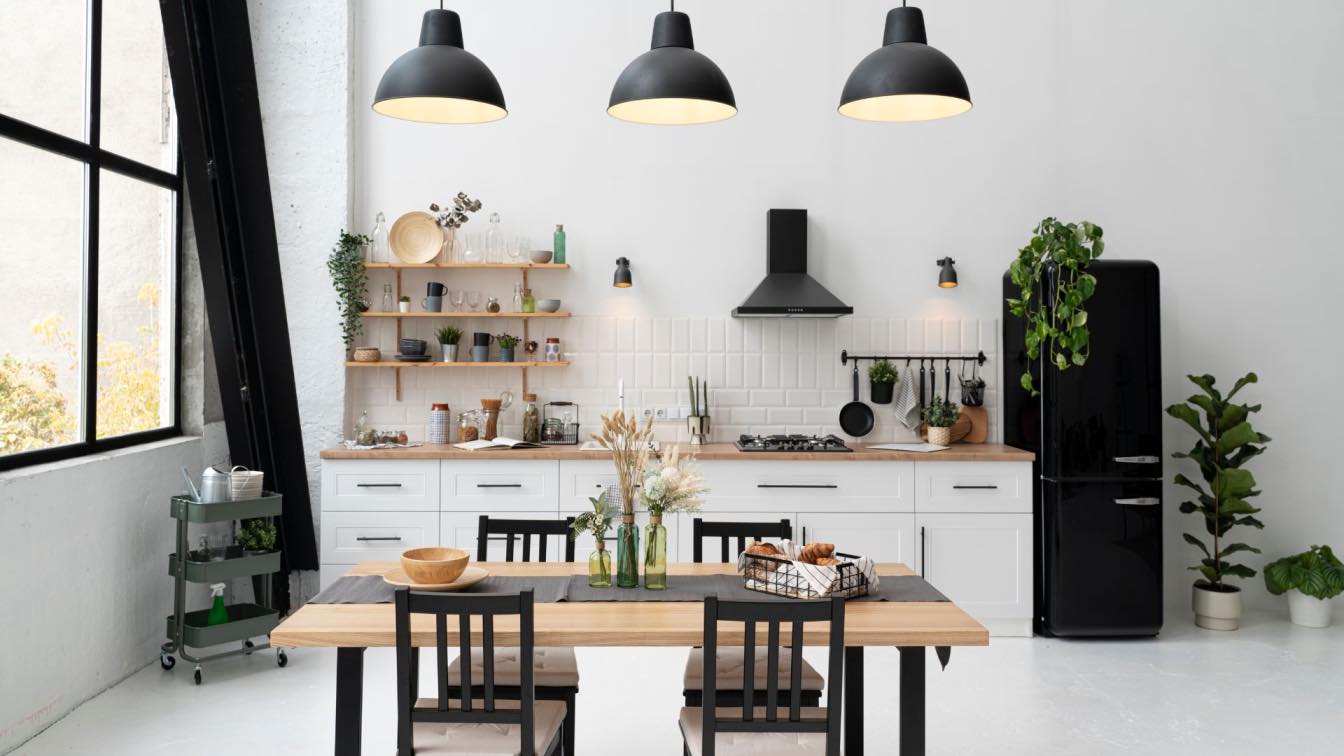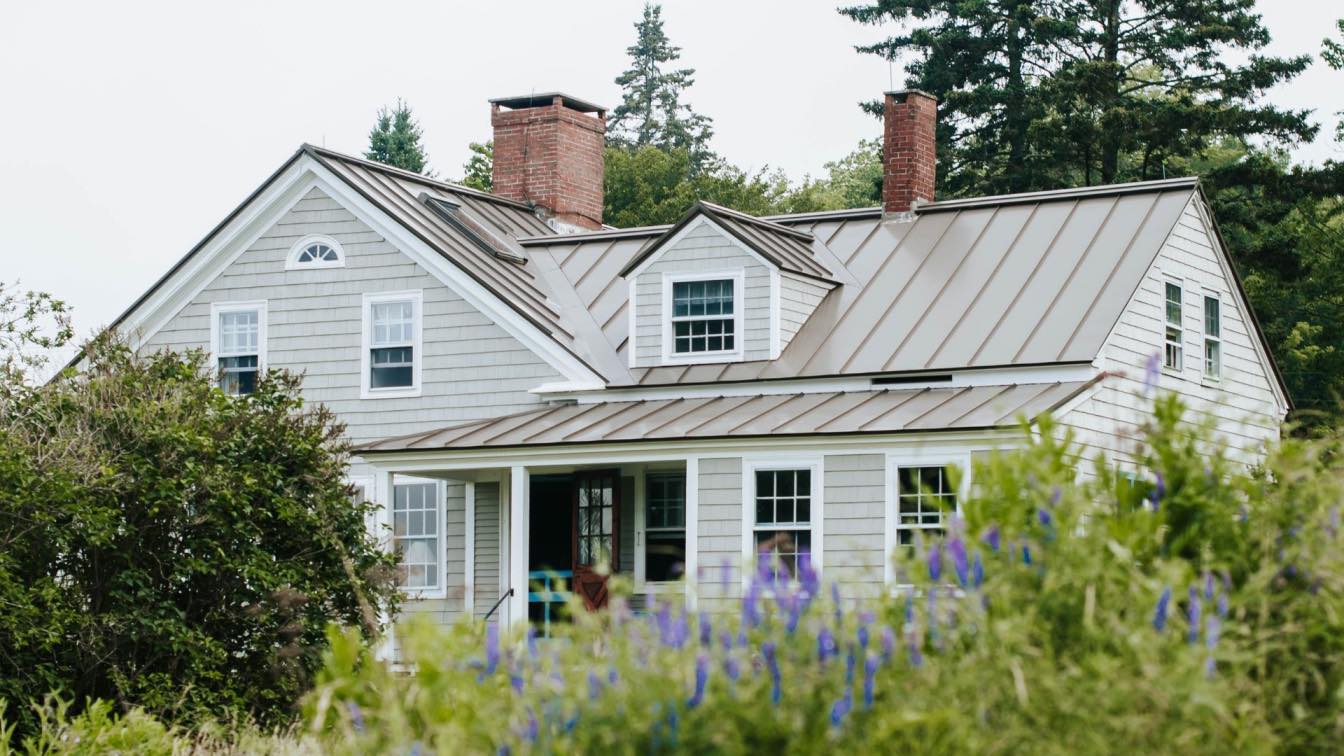Designing interiors of healthcare facilities is far more complicated than most people realize. It's not simply a case of choosing pretty furniture and paintings to brighten up the place – there's a lot more to it than that. Every design element must be carefully considered to create an aesthetically pleasing and functional environment. Interior designers working in the healthcare sector have to consider many factors, including the need for infection control, acoustics, thermal comfort, lighting levels, wayfinding, and accessibility. They also need to be aware of the latest evidence-based research to incorporate features that will promote healing and well-being.
There has been a growing recognition of interior design's role in improving patient outcomes in recent years. A growing body of evidence suggests that the physical environment of a healthcare facility can have a significant impact on patients' recovery rates, length of stay, and satisfaction levels. Here are just a few examples of how interior design can make a difference in healthcare settings:
Improving Infection Control
One of the most important aspects of interior design in healthcare facilities is infection control. In hospitals and other care settings, infections are a serious concern as they can spread quickly and put patients at risk. Infection control must be considered when selecting materials, finishes, and furniture for healthcare interiors. You can check out the Healthcare furniture available to get the best options. For instance, hard surface flooring is easier to keep clean than carpet, and smooth surfaces are less likely to harbor bacteria than textured ones. Antimicrobial coatings can be applied to materials and furniture to help reduce the spread of infection.
In recent years, there has been an increased focus on interior design to minimize the risk of Healthcare-Associated Infections (HCAIs). Several design features have been shown to reduce the spread of infection, including:
- Automated doors that open and close hands-free
- Touchless faucets and soap dispensers
- Seamless flooring with no cracks or crevices
- Integrated healthcare technology systems
Reducing Noise Levels
Noise is a common problem in healthcare facilities, particularly in busy areas such as emergency departments and intensive care units. Excessive noise can harm patients' recovery rates and increase stress and anxiety levels. To create a more tranquil environment, interior designers working in the healthcare sector need to know the latest acoustics research. They can then incorporate features into the design of healthcare interiors that will help to reduce noise levels and create a more peaceful environment.
Some of the most influential acoustic treatments for healthcare interiors include:
- Sound-absorbing ceiling tiles
- Carpeting and flooring with sound-reducing properties
- Noise-canceling curtains and blinds
- Acoustic panels
 EKH Children Hospital by IF (Integrated Field)
EKH Children Hospital by IF (Integrated Field)
Improving Wayfinding
Another important aspect of interior design in healthcare facilities is wayfinding. This is the process of helping people to navigate their way around a building. In large hospitals and other care settings, wayfinding can be challenging, particularly for patients and visitors unfamiliar with the facility's layout. Poor wayfinding can lead to frustration, stress, and anxiety, resulting in patients becoming lost. This can have a negative impact on their recovery rates and overall satisfaction levels.
To improve wayfinding, interior designers need to consider the layout of healthcare interiors carefully. They need to create clear sightlines and logical traffic patterns so that people can easily find their way around the facility. They also need to use color-coding, signage, and other visual cues to help people navigate from one area to another.
Improving Thermal Comfort
Thermal comfort is another essential aspect of interior design in healthcare settings. Patients who are too hot or too cold can become anxious and stressed, impacting their recovery rates.
To create a comfortable environment for patients, interior designers need to consider the thermal comfort of healthcare interiors. They need to ensure that the temperature is regulated and adequate ventilation. They also need to use materials and finishes that help to regulate temperature and improve air quality.
Providing Access to Nature
A growing body of evidence suggests that exposure to nature can positively impact people's health and well-being. Studies have shown that views of nature can reduce stress levels, blood pressure, and heart rate and can even promote healing.
To provide patients with access to nature, interior designers working in the healthcare sector need to incorporate features such as windows, skylights, and outdoor spaces into the design of healthcare interiors. They also need to use materials and finishes that help bring the outdoors inside, such as plant life, stone, and wood.
Designing for the Future
Healthcare facilities are constantly evolving, and interior designers need to be aware of the latest trends and developments to create interiors that meet the needs of patients, staff, and visitors. To future-proof healthcare interiors, designers need to use flexible materials and finishes that can be easily reconfigured. They also need to consider how technology might be used in the future and incorporate features such as wiring and data ports into the design.
Some of the latest trends in healthcare interior design include:
- The incorporation of biophilic design principles
- The use of technology to create interactive environments
- The creation of healing gardens
- The use of evidence-based design principles
Creating a Positive First Impression
First impressions are essential, particularly in the healthcare sector. When patients or visitors walk into a healthcare facility, they immediately feel the place based on their surroundings. If the interior of a healthcare facility is dated, drab, and uninviting, this can create a negative first impression. On the other hand, if the interior is bright, airy, and welcoming, this can create a positive first impression that will put patients and visitors at ease.
Interior designers working in the healthcare sector need to be aware of creating a positive first impression. They need to use color, lighting, and signage to create an inviting environment. They also need to be mindful of how furniture and other features are arranged so that people feel welcome as soon as they walk through the door.
The overall goal of interior design in the healthcare sector is to create healing environments that promote well-being and recovery. By incorporating the latest research and using evidence-based design principles, interior designers can play a vital role in improving the quality of healthcare facilities and the health of those who use them. By carefully considering the needs of patients, visitors and staff, interior designers can create healthcare interiors that are both functional and inviting.





